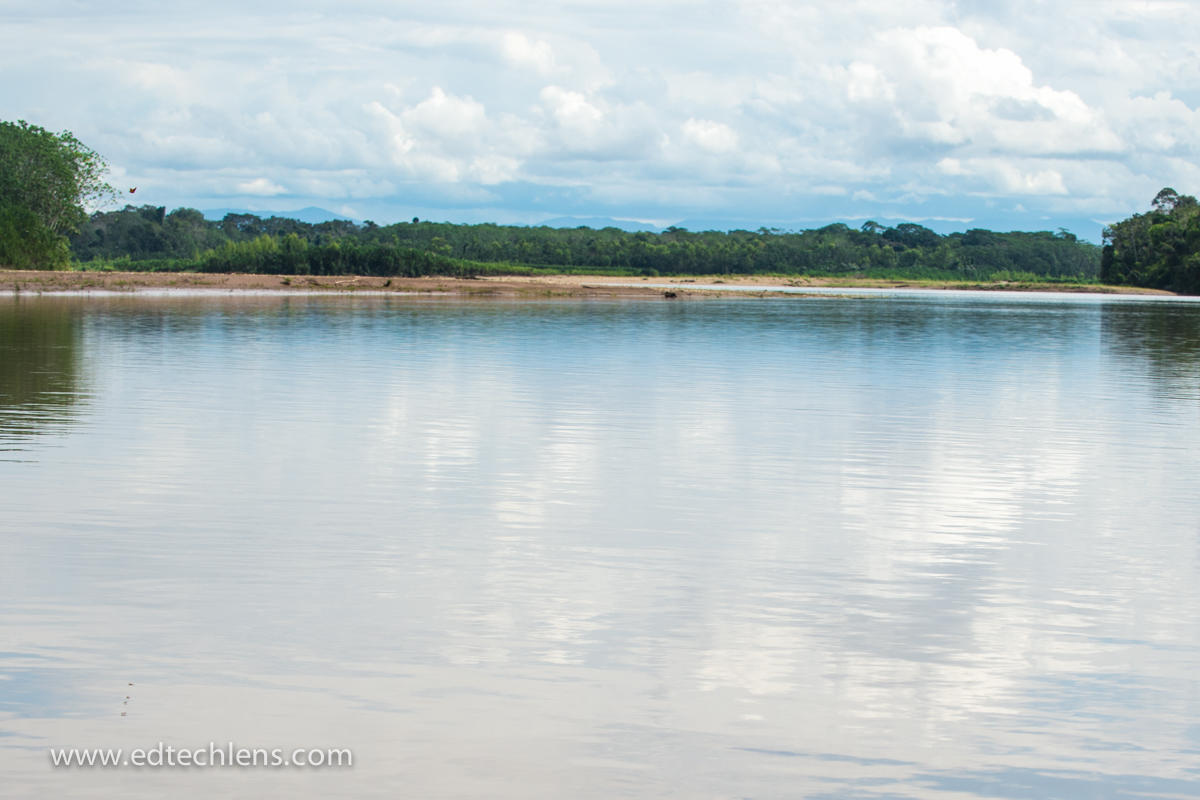What do you think of when you imagine going to a tropical rainforest? Many people might think of the very tall trees that are there, or how green the rainforest is. Still others might think about all the different birds and animals that live in the rainforest.
But without the different types of rainforest waters, neither plant nor animal life would survive.
Tropical rainforests have some of the largest rivers in the world. And not just rivers flow through the rainforest: there are countless numbers of creeks, streams and lakes. Oxbow lakes — lakes that are formed when a river changes direction — are also plentiful. All of these water resources not only help to feed the rivers to keep them healthy, they also help feed the plant and animal life of the rainforest.
But without the different types of rainforest waters, neither plant nor animal life would survive.
Tropical rainforests have some of the largest rivers in the world. And not just rivers flow through the rainforest: there are countless numbers of creeks, streams and lakes. Oxbow lakes — lakes that are formed when a river changes direction — are also plentiful. All of these water resources not only help to feed the rivers to keep them healthy, they also help feed the plant and animal life of the rainforest.

For example, the Amazon River, which flows through the Latin American countries of Brazil, Guyana, Bolivia, Peru, Colombia, Venezuela and Ecuador, is not only the largest river in any rainforest, it is the largest river in the world. It has over 1100 tributaries, or branches, some of which are more than 1000 miles long. The Amazon is eleven times bigger than the Mississippi and so much freshwater flows from the river to the Atlantic Ocean that it could supply New York City for nine years! Now think of all the plant and animal life all that water helps.
Something to Think About: Why are streams, creeks and lakes important to the health of rainforest rivers?
Something to Think About: Why are streams, creeks and lakes important to the health of rainforest rivers?
Rainforest Kids Science Curriculum Connection: Unit 1, Chapter 2: Lessons 1 & 2, Grades K-5

